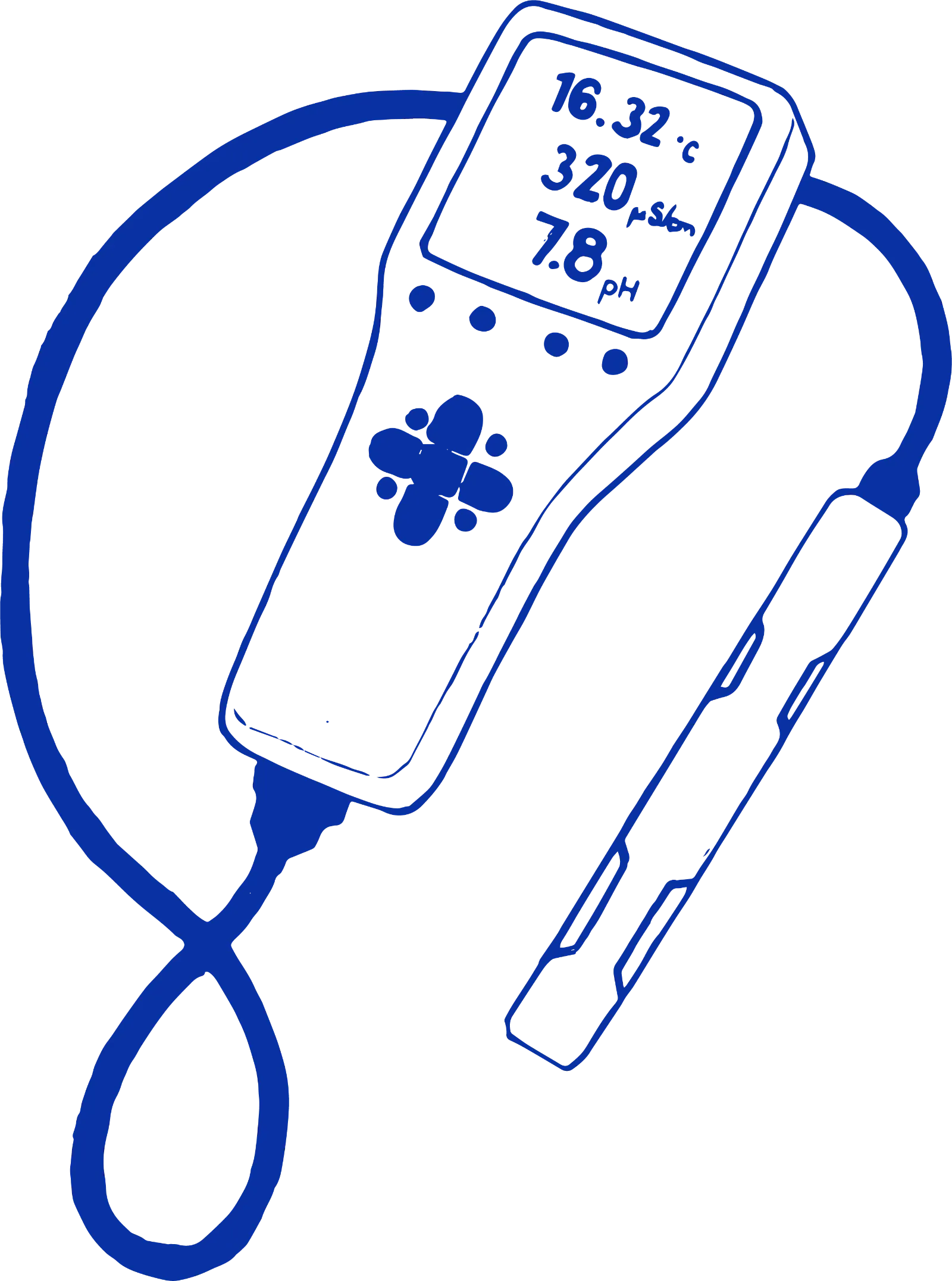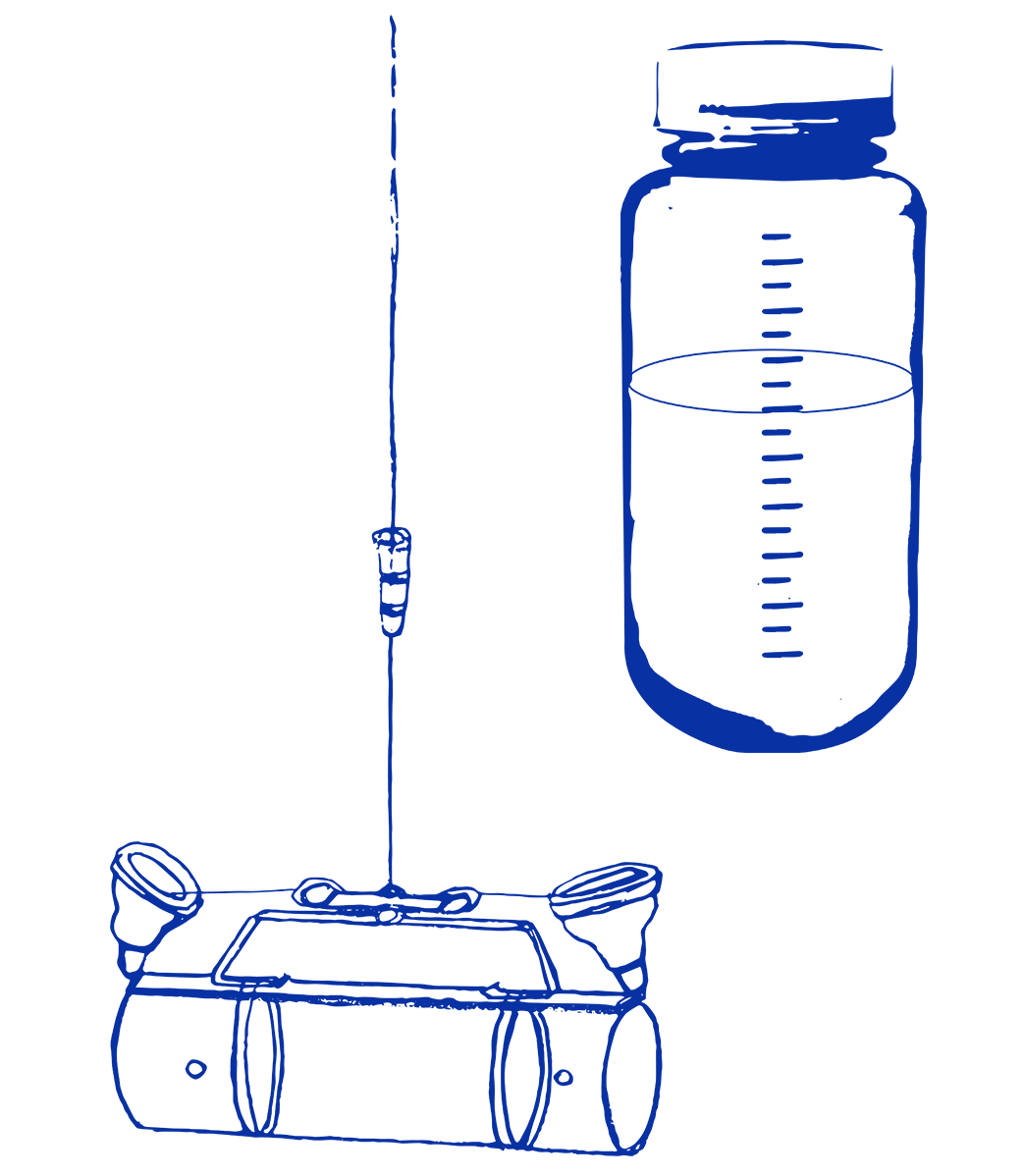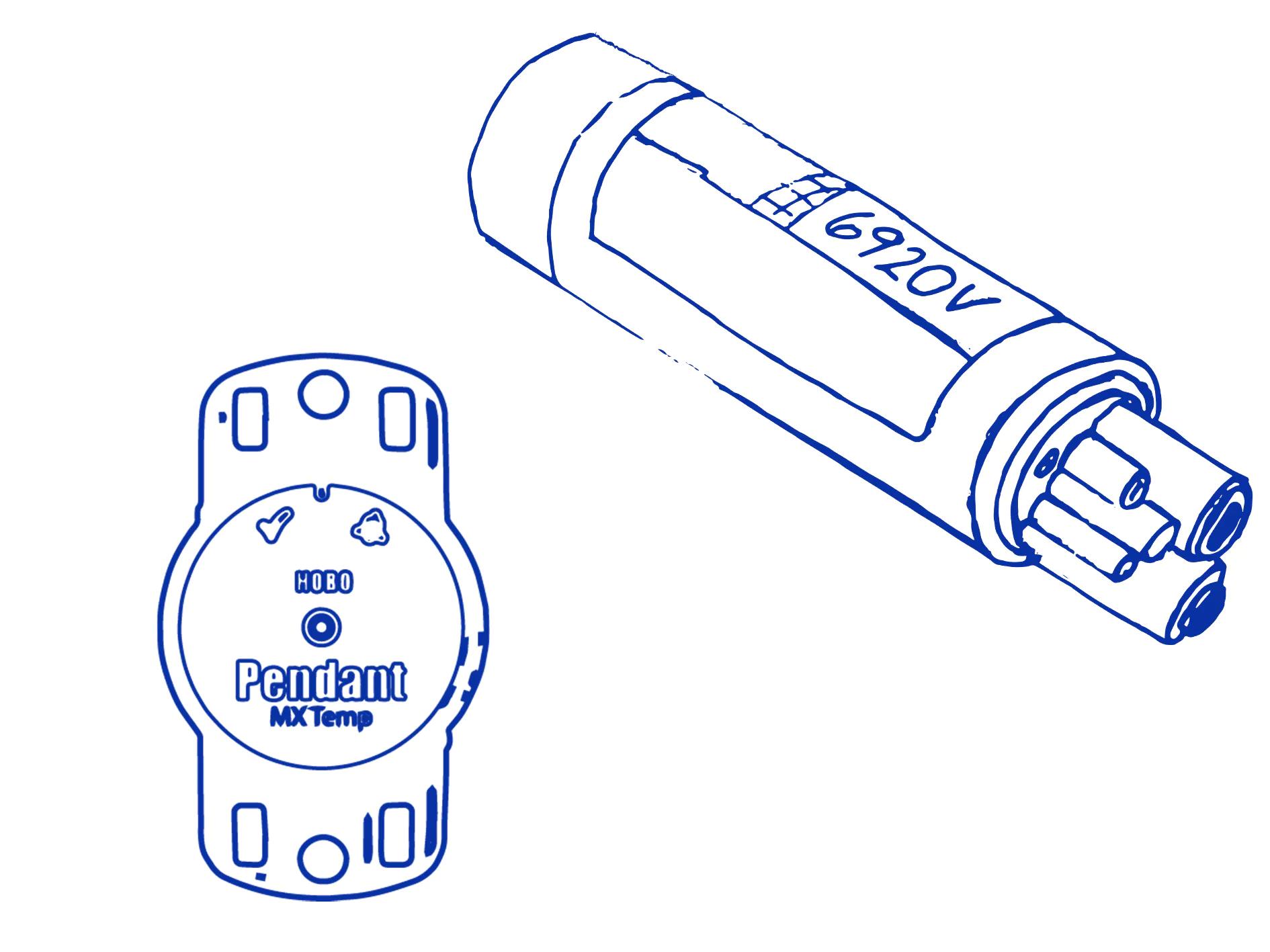The water that circulates in our world today – through the air, the land, and our bodies – has been here for billions of years. Water is unique in that it can dissolve and carry within it more substances than any other liquid. Wherever water travels it picks up and transports chemicals, minerals and nutrients. This is how healthy waters help sustain all life on Earth.
These unique properties of water also illustrate how our actions and the ways we live can have far-reaching and long-lasting impacts on water; and the profound responsibility we have to take care of this water that connects and sustains us all.
This guide provides an introduction to some of the most important and commonly monitored aspects of water quality. Alongside local, place-based, and Traditional/Indigenous knowledge, this information can support decision-making and action to help protect our waters, so they remain healthy for generations to come.

Water Quality
To assess water quality in rivers, lakes and wetlands, we typically look at a number of different characteristics of the water. These include physical properties (such as water clarity and temperature), the concentration of various chemical substances (including nutrients, metals, minerals and pollutants from human activity), as well as biological characteristics (like the amount and types of bugs, bacteria, algae and other organisms that live in the water).
Taken together these measurements can give us an indication of how healthy the water is and, importantly, how it may be changing over time.
In assessing water quality, it is helpful to know what “normal” levels are for key characteristics in a given river or lake. This provides a baseline for comparison so we can detect and better understand impacts of development activities, climate change or restoration efforts.
Influences on Water Quality
The physical, chemical and biological characteristics of a water body are greatly influenced by the land that water travels through (such as the type of rock, soil and land cover) and the activities taking place there (such as urban or industrial development, agriculture, logging and mining), as well as the seasons and climate.
Water vapour can travel long distances through the atmosphere on wind currents, picking up and carrying a variety of substances along the way before it falls back to the ground as rain and snow. This means that some elements of water quality can also be influenced by activities taking place far away, in areas otherwise disconnected from the rivers and lakes we are monitoring.

Water Quality Guidelines
The Canadian Council of Ministers of the Environment (CCME) sets national water quality guidelines for the protection of aquatic life in Canada. These guidelines provide recommended ranges for some of the physical, chemical and biological characteristics that are commonly monitored.
These guidelines are intended to be broadly applicable across the country. However, unique conditions in some places mean that the guidelines may be over- or under-protective in some areas.
For example, normal background levels of a substance may be naturally higher than the guideline and may not have any harmful effect on locally adapted aquatic organisms that live there. In addition to national guidelines, some provinces and territories have also developed their own water quality guidelines.
You can learn more about the water quality guidelines that are displayed on DataStream.
Measuring Water Quality
Water quality measurements can be taken directly when out on the water (“in the field”), by samples sent to a lab for analysis, and by sensors that are left in the water over time. These are some of the most common types of equipment used to measure water quality.
Handheld Sonde
These devices have a probe (sonde) that is lowered into the water. Specialized sensors inside the probe typically measure basic physical and chemical characteristics such as pH, temperature, conductivity and dissolved oxygen.

pH Strips
Some characteristics, like pH, can be measured using test strips that change colour when placed in the water. The colour is compared against a guide to estimate the pH value.

Secchi Disk
Secchi disks have been used to assess water clarity in lakes and oceans for over 100 years. This is a standard, simple and inexpensive method where the depth at which the disk can no longer be seen is recorded.

Grab Sample
These are water samples that are sent to a lab for analysis. Certain protocols need to be followed to ensure reliable and representative sample collection. Grab samples can be taken at the surface or using equipment that allows a sample to be collected at depth.

Deployable Sensors
These devices are left in the water over a period of time to collect measurements, often continuously or at set intervals. Calibration protocols and reporting are important to ensure good quality data.
